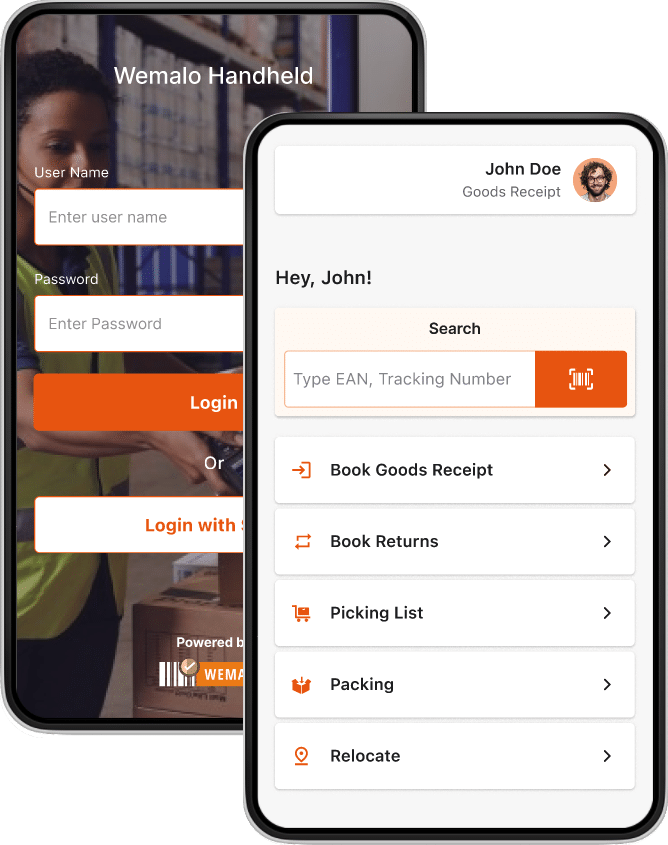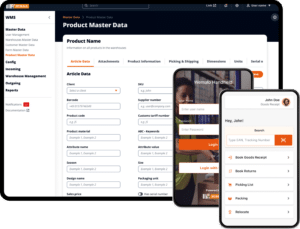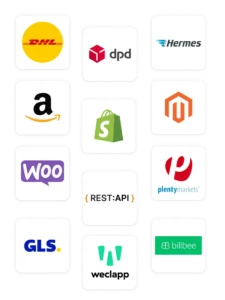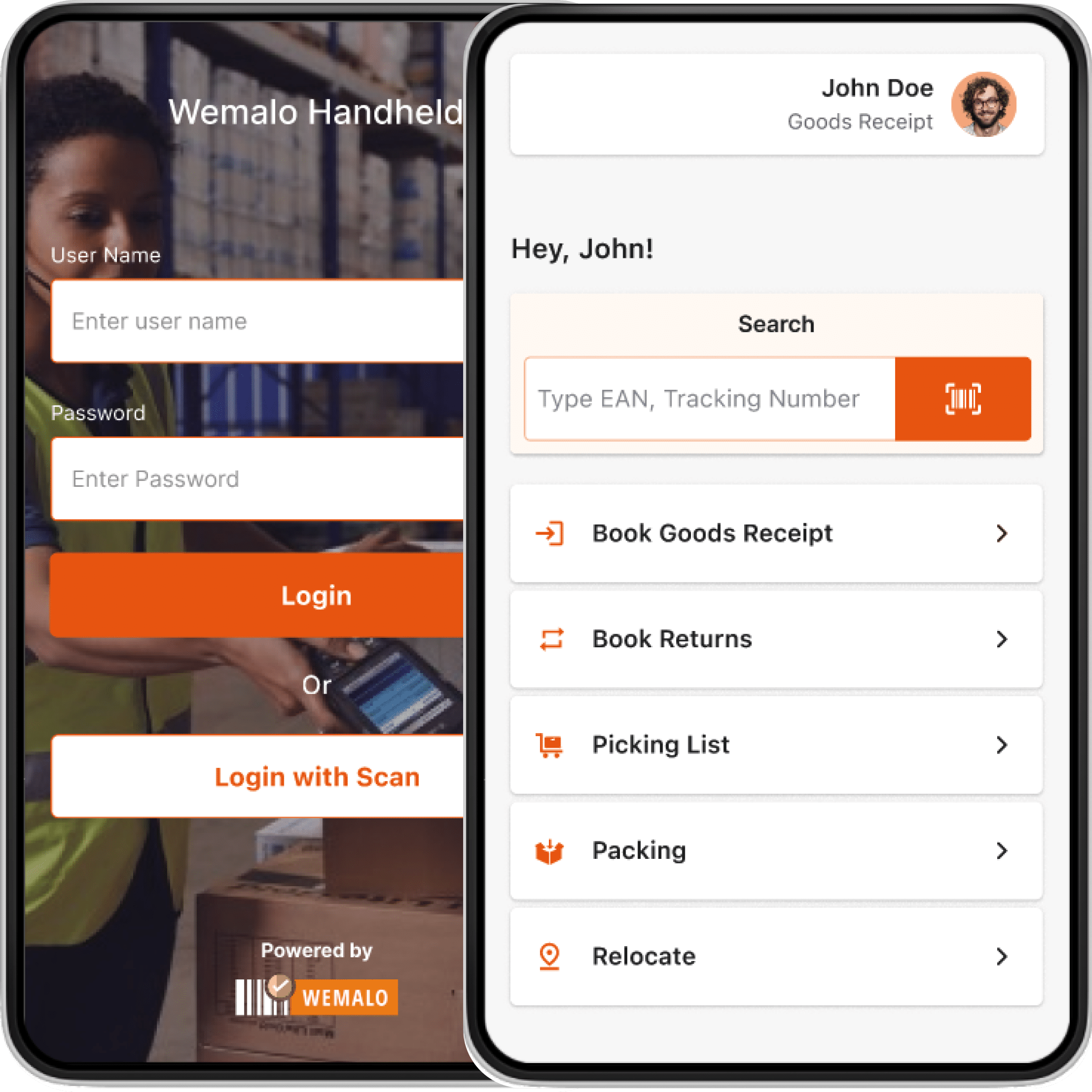Traditional WMS vs. Cloud WMS
Decision-making aid for your fulfilment
The demands on warehouse logistics are constantly growing: increasing order and return volumes and multiple clients with different requirements.
At this point, the question arises: Is a traditional warehouse management system (WMS) still sufficient, or is a cloud WMS the better choice?
Both systems have their advantages, but also clear limitations. In this article, we compare the most important differences and show which system is suitable for which scenarios.
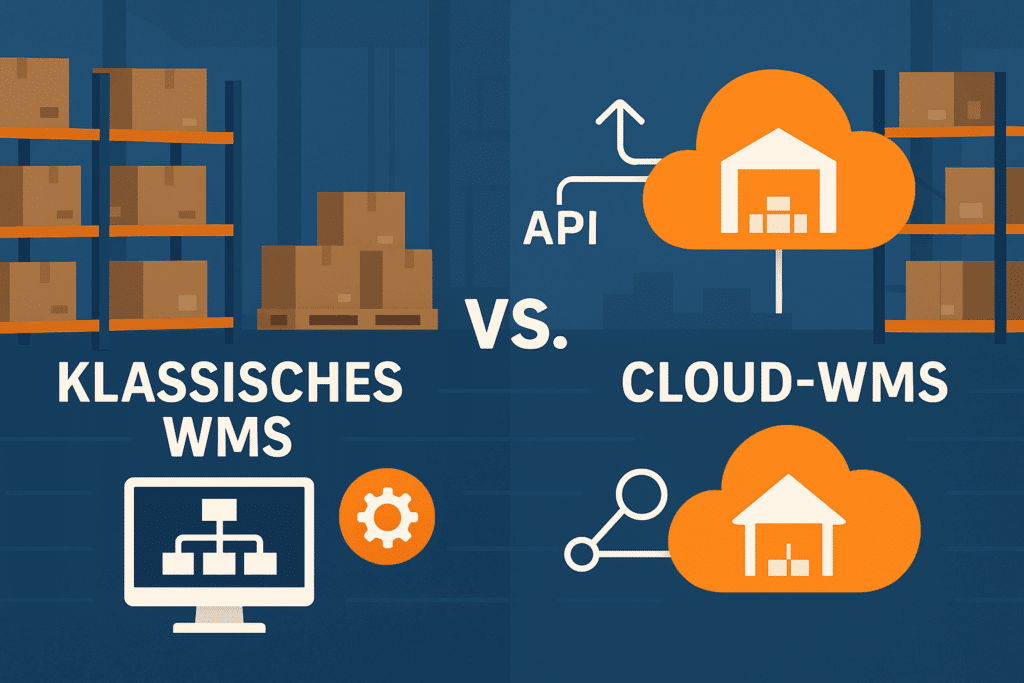
What is a classic WMS?
A classic WMS is installed locally on the company’s servers and is often customised.
Strengths:
- High degree of customisation for very specific requirements
- Full control over IT infrastructure and data
- Often proven in very large logistics environments
Limits:
- Long implementation times
- High IT costs for maintenance and updates
- Little flexibility for dynamic requirements
- Additional costs for extensions
What is a cloud WMS?
A cloud WMS such as WEMALO works according to the SaaS principle: web-based, flexible, without complex IT projects.
Advantages:
- Rapid implementation: often go-live within a few days.
- Flexibility & scalability: Expandable during growth or seasonal peaks.
- Automatic updates: Always up to date, at no extra cost.
- Transparent costs: Clear pricing structure thanks to the SaaS model.
- API interfaces: Easy connection of shops, ERP systems or shipping service providers. Often, e.g. with WEMALO, through a large number of existing interfaces.
Multi-client capability: Integrated from the outset and therefore ideal for fulfilment for service providers with multiple customers.
➡️Multi-client capability is particularly crucial for fulfilment service providers. A cloud WMS such as WEMALO maps multiple customers and processes in parallel without the need for additional modules.
Possible disadvantages:
- Customisation is only possible to a certain extent.
- Dependence on a stable internet connection
- Data is stored by the provider – trust and clear security standards are essential.
Traditional WMS vs. cloud WMS (e.g. WEMALO) – direct comparison
| Criterion | Traditional WMS (on-premises) | Cloud WMS (e.g. WEMALO) |
|---|---|---|
| Implementation | Months, high project effort, internal IT required | Fast onboarding, often within days, little IT effort required |
| Scalability Flexibility | Limited; extensions usually project-based | Often modularly expandable (clients, locations, peaks) |
| Cost structure | High initial investment (licences, servers, IT), ongoing maintenance costs | Transparent SaaS costs, predictable, low entry costs |
| Integrations API | Often limited; integrations expensive/complex | API-first, standard connections (shop/ERP/carrier) quickly possible |
| Often only available as an add-on module | Integrated from the outset – ideal for fulfilment service providers | |
| Customisation | Very high, complex special cases possible | Partially customisable (standard processes flexible; special cases limited) |
| IT costs operation | Dedicated team for operation, patches, backups | Centralised operation security by provider, lower internal load |
When is which system appropriate?
Classic WMS
- For very large logistics companies with few clients
- If there is a strong internal IT team
- For highly specialised processes that cannot be covered by standard solutions
- For fulfilment service providers with multiple customers
- For companies that are growing rapidly or need to cope with seasonal peaks
- When flexibility, integrations and multi-client capability are crucial
- For medium-sized companies that want modern processes without a large IT department
→ Many traditional providers continue to emphasise the high degree of customisation and scalability of their systems. However, these advantages often come with long project durations, high licence costs and a heavy reliance on IT resources.
FAQ
→ In a matter of days rather than months.
→ Yes, updates and security are handled centrally. Often to a higher standard than with in-house IT. WEMALO is hosted in Germany and naturally complies with GDPR requirements.
→ Yes, standard processes are flexible. Special cases can sometimes be implemented using modules or individual configurations – however, cloud systems reach their limits when it comes to very specific requirements.
→ For very large logistics companies with stable, unique processes, a strong internal IT team or extremely specific requirements, a classic WMS may be the better choice.
Conclusion
A classic WMS still makes sense today for certain scenarios, especially for very large, stable structures with special requirements.
For most modern logistics and fulfilment service providers, however, a cloud-based WMS such as WEMALO is the future-proof solution: quick to implement, flexible, multi-client capable and transparent in terms of costs.
Find out if WEMALO is the right cloud WMS for you.
Free of charge non-binding

